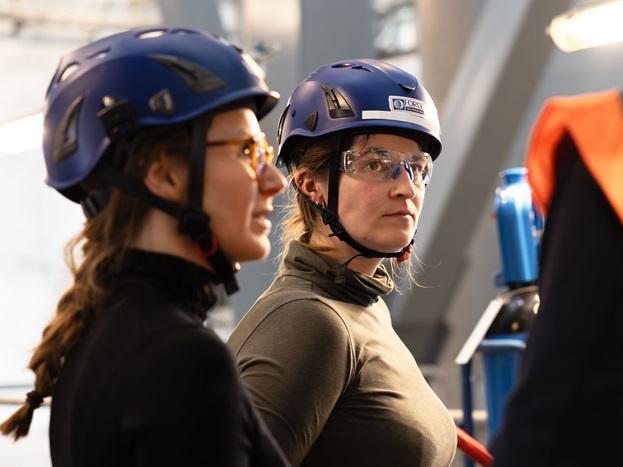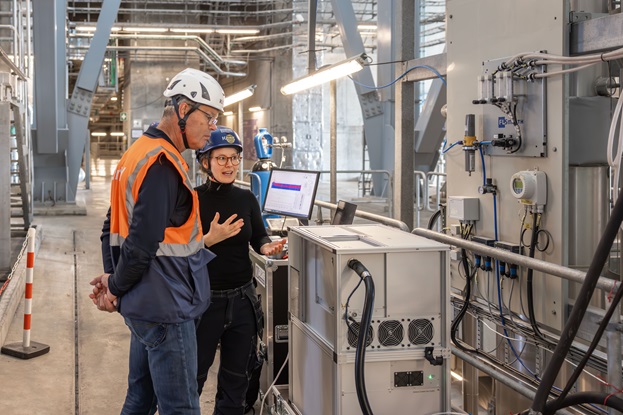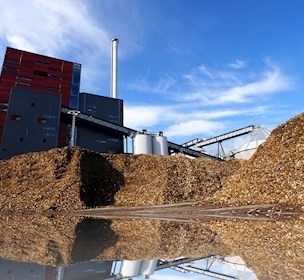Pilot project explores safe CO₂ capture at Danish waste-to-energy facility
The ACCEPT project at ARC (Amager Ressourcecenter in Copenhagen) employs real-time emissions monitoring to investigate safe, compliant CO₂ capture, aiming to set new standards in sustainable waste management.
Meeting emissions standards in CO₂ capture
Waste-to-energy facilities using amine-based solvents for CO₂ capture face challenges due to potential emissions of solvent and degradation products. To address this, a pilot project at ARC monitors emissions and tests the influence of various plant operation parameters to reach the lowest possible levels.
Real-time waste facility emissions monitoring to detect harmful compounds
The project uses Proton Transfer Reaction Time-of-Flight Mass Spectrometry (PTR-ToF-MS) to detect ultra-low concentrations (sub ppb) of potentially harmful compounds, such as nitrosamines, in real time. It is a highly sensitive method for real-time measurements of volatile organic compounds (VOCs) and other potentially harmful substances. By continuously analysing emissions, PTR-ToF-MS provides a detailed profile of chemical changes, enabling facilities to identify the influence of plant operation parameters on emissions.
Key benefits of PTR-ToF-MS testing technology
The use of PTR-ToF-MS provides several advantages that contribute to more effective and compliant emissions management:
- Real-time emissions tracking: Measures real-time emissions, enabling ongoing compliance checks.
- Detection of trace compounds: Identifies harmful by-products like nitrosamines at minimal concentrations.
- Time-resolved emissions data: Provides a continuous profile of emissions fluctuations, offering insight into emission patterns that standard tests overlook.
- Supports optimisation: Data enables adjustments to capture processes for improved efficiency without compromising safety or compliance.


These benefits collectively enhance the ability of waste-to-energy facilities to better manage emissions and align operations with regulatory requirements.
“At ARC, we work to amend our waste-to-energy plant with large-scale amine-based carbon capture. In this quest, we and the permitting authorities need more knowledge about emission control to provide a solid foundation on which to set up an operational regulation. By participating in the ACCEPT project, we hope to get a better understanding of the correlations between operation and emissions,” says Jonas Nedenskov, Environmental Manager at ARC.

Building a sustainable model for CO₂ capture through the ACCEPT partnership
This pilot project, initiated through a partnership between ARC, Rambøll, Ørsted, KVA Linth and FORCE Technology, is a core part of the larger ACCEPT programme. ACCEPT (Amine Carbon Capture Energy and Emissions Project for Technology demonstration) is dedicated to advancing safe and efficient CO₂ capture practices across heavy industries, particularly within waste-to-energy facilities. The greater goal of ACCEPT is to perform real-time measurements of gas and particle emissions with state-of-the-art measurement techniques and explore the influence of plant operation parameters on emissions.
Top image courtesy of Hufton&Crow




